THERAPIES
Cell Source’s Protocol: Safer, More Effective Allogeneic HSCT

Challenges Exist in Today’s Current Standard of Care
Two of the most effective current treatments for blood cancer are stem cell transplantation and CAR-T cell therapy. Each of these, while they have their advantages, in the end have not been able to consistently achieve long term (i.e. 3-year) overall survival above 50%.
For the many stem cell transplant patients (over 70% in the US) who do not have matched family donors, the current preferred approach is to use either matched unrelated donors or mismatched family members. Today’s best practice mismatched stem cell transplant approach is commonly referred to as the “Baltimore Protocol”. This T-cell replete approach allows for reduced intensity conditioning – but also shows a marked incidence of both GvHD and viral infections, and can require prolonged post-transplant immune suppression treatment.
For CAR-T patients, the only FDA approved treatments are autologous (patient derived treatments) which are both expensive (up to $475,000 per infusion) and have limited long term efficacy. Some companies are developing allogeneic (donor derived) CAR-T for blood cancer, but none have shown that they are able to deliver an approach which is both safe (avoiding both GvHD and viral infections) and effective. While initial overall response rates can be very high, to date even the most successful autologous treatments have note shown long term efficacy that exceeds that of stem cell transplants.
Cell Source Protocol: Potential Advantages
Cell Source’s current treatment protocol combines a T-cell depleted stem cell transplant with a mild conditioning regimen. If shown to be successful in the current clinical trials, this could deliver both a fundamentally safer approach (reduced intensity conditioning combined with preventing both GvHD and viral infections) with the opportunity to also have the Veto Cell be a CAR-T cell as well (Veto CAR-T). This approach can potentially greatly improve patient outcomes both in terms of quality of life and treatment related mortality – due to avoidance of GvHD and viral infections – as well as enhanced anti-tumor efficacy and persistence through CAR-T cancer killing.
Cell Source Protocol Components
1
Apharesis
Large numbers of blood stem cells can be collected from the HSCT donor via this procedure.
2
T-Cell Depletion
Using magnetic beads, T cells are removed (depleted) from the donor graft in order to prevent GvHD. Generally, this approach has been used in the context of aggressive myeloablative conditioning. Using T cell depleted in HSCT following safer, non-myeloablative conditioning represents a major challenge.
3
RIC (Reduced Intensity Conditioning)
Reduced-Intensity Conditioning (RIC) utilizes significantly lower and safer doses of radiation and/or chemotherapy, leaving a substantial portion of the patient’s immune system intact, resulting in fewer side effects.
4
Megadose Stem Cell Transplantation
In the 1990’s Reisner and Martelli discovered that using a “megadose” or very large dose of stem cells in a bone marrow transplant can help overcome rejection by “outnumbering”, and thus overwhelming, the rejecting cells. This approach has been used since then, mainly in Europe, for many patients. More recently, Professor Reisner combined this approach with a specific set of drugs that are used pre- and post- transplant in order to facilitate engraftment. This approach forms part of the current Veto Cell protocol that is the basis of the clinical trial at MD Anderson Cancer Center.
5
Veto Cells / Anti-Viral
The current trial at MD Anderson evaluates the safety and efficacy of Anti-viral Veto Cells for allowing engraftment of T cell depleted haploidentical stem cell transplantation under reduced intensity conditioning with minimal risk for viral infections.
6
Veto Cells / VETO-CAR
Cell Source has worked closely with Professor Zelig Eshhar and his team, who invented CAR-T cell therapy, to combine the Veto Cell and the CAR-T cell into a single cell which could potentially exhibit both functions. Conditions for effective transduction of the Veto Cells with CAR have been established and further preclinical experiments are in progress. This approach can combine the powerful short-term cancer killing capabilities of CAR-T with the enhanced safety profile of Veto Cells, delivering an end-to-end solution where the CAR-T prevents relapse and thus acts as a “bridge” during the immune reconstitution period (while the transplanted stem cells rebuild the patient’s immune system), and then the new, healthy immune system provides long-term cancer prevention.
Proof-of-concept preclinical murine studies using genetically modified Veto T cells suggest that human Veto CAR-T cells could also potentially offer a treatment modality out of the context of HSCT, as an ‘off-the-shelf’ product.



